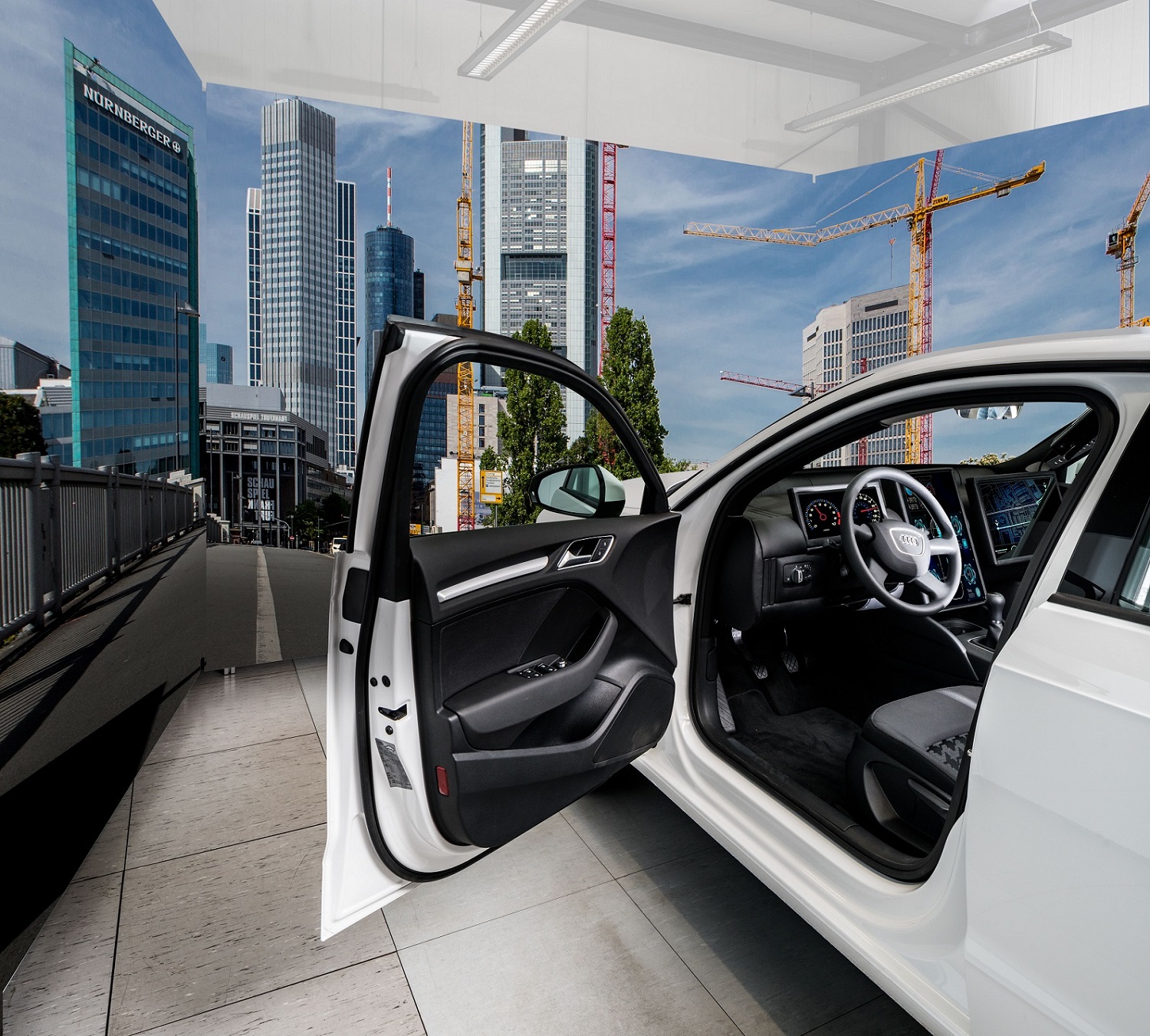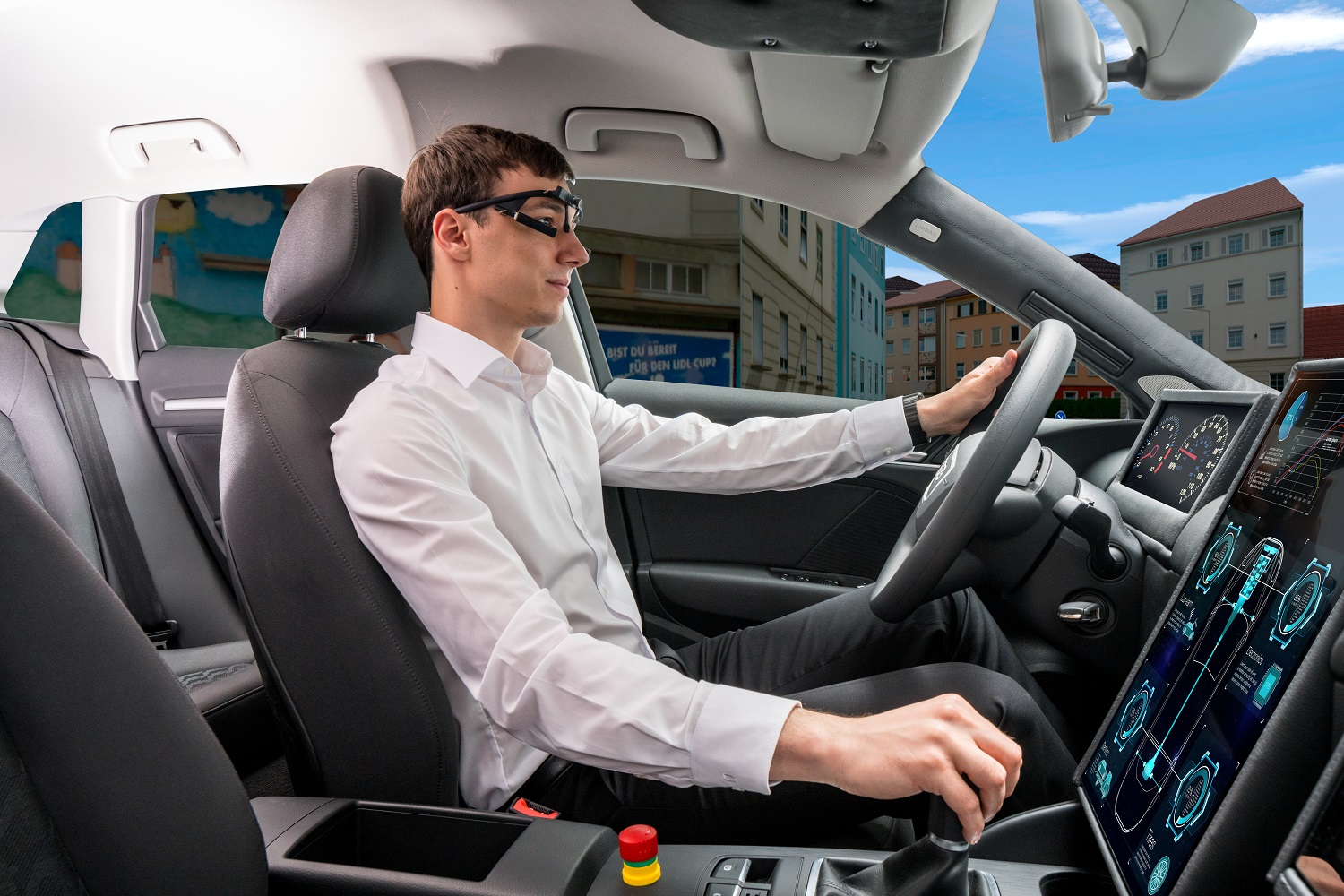


Autonomous driving: Mobility of the future
Autonomous vehicles control themselves. At the highest automation level, human intervention is no longer necessary at all. Until then, driving tasks will be successively replaced by automatic assistance functions. The driver's workload is reduced until he or she becomes a passenger. OEMs and suppliers are moving towards this vision in large steps. And the increasing automation functions in today's passenger car generations indicate that the goal of "autonomous driving" can be achieved in the foreseeable future.
Development partner for innovative assistants and services
The development of new assistance systems and innovative human-machine interfaces requires competent knowledge and the necessary infrastructure to quickly implement and test ideas. For small and medium-sized companies in particular, this means that they quickly need the appropriate know-how in order to be able to apply the necessary innovative strength in the research environment of autonomous driving, to develop concepts, implement them in prototypes and test them directly with customers.
This is where Fraunhofer IOSB helps as an experienced partner. In the Integrated Autonomous Driving Lab we can design and implement novel operating concepts and assistance systems together with the partner company from scratch as well as test and validate them with end users. The partner company is actively involved in the development process, while we provide the competence in the implementation, including the necessary laboratory, simulation and test environment, and act as consultants, scientists and developers.
Main research topics
- Innovative and intuitive assistance and service offerings in the research context of autonomous driving.
- Camera-based detection of people inside and outside the vehicle (face identification, age and gender recognition, eye and head rotation, posture, hand and pointing gestures.
- Camera-based detection and identification of objects in the vehicle interior and exterior.
- Occupant interaction detection with interior objects (e.g. glare shield, glove compartment, etc.)
- Activity detection of the occupants regarding a variety of different short and longer secondary activities (e.g. drinking, eating, sleeping, reading, working, etc.). Here you can find more information about our state of the art data set for activity detection.
- Integration of speech recognition systems (Speech to Text) like Alexa, Mozilla Deepspeech, Houndify etc. to design a speech-based human-machine interaction or dialog recognition between users.
- Design and implementation of multimodal user interfaces, e.g. operating concepts using pointing gestures or speech recognition, control by gaze measurement or personalization and verification by face identification.
- Use of Augmented Reality or Virtual Reality.
 Fraunhofer Institute of Optronics, System Technologies and Image Exploitation IOSB
Fraunhofer Institute of Optronics, System Technologies and Image Exploitation IOSB 